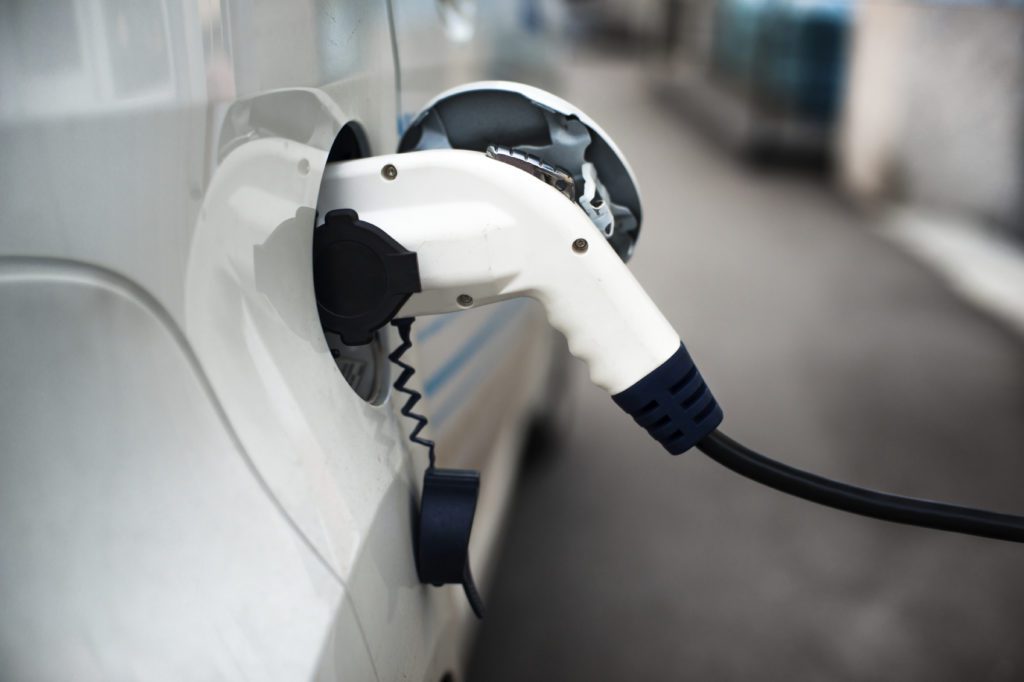

Charging an electric car with the power cable supply plugged in.
Howitzer Explosion Guy. That was the nickname Wayne Campbell of Wayne’s World gave to Wolf Blitzer, CNN’s correspondent for the Gulf War in 1991. “Sheeyeeaaah. I’m so sure.” “He just made it up for the war.” Too bad Wayne isn’t still doing his show from his parents’ basement on community access channel 10 in Aurora, Illinois. I would like his assessment of Elon Musk. Pierre GQ Manly – like Larry Ellison[1], minus the useful products.
One thing is for sure, solar panels of the photovoltaic type are certainly sexier than, oh, a fractionally expensive building surgery that provides equal quantity of energy, demand, and dollar reduction from energy efficiency measures. To this, add a $100,000 sports sedan and sleek Powerwall battery for the garage, and you have frivolous purchases totaling the median house price in the US, without the house.
Holmen Jenkins, columnist for The Wall Street Journal, had me laughing out loud a few months ago as he wrote about the disruptive potential of the Tesla S. He wrote, “Uber is disruptive. Tesla isn’t. Tesla is disruptive mostly of a driver’s confidence that he’s going to reach his destination without needing a tow. Tesla solves no problem of the automobile. It only creates a new problem.”
Similarly, the garage battery pack is a solution in search of a problem. Or possibly it’s testosterone inspired bling in search of cost justification. These beauties run $3,000, have a 7 kWh/day capacity and a warranty for 10 years. Doing some simple math, if the owner were able to fully charge and discharge over this period, every day, the cost per kWh is 11.74¢. That is exactly what I pay per kWh from my utility, Xcel Energy. But the battery is a gasoline can for electricity. It produces no gasoline or electricity. That has to come from somewhere else – the bling on the roof.
Bloomberg reports that grid-independence with solar panels and battery packs would run a measly $98,000. Tesla S sold separately. What’s more, as the article reports, most states have net metering requirements in which the utility must buy excess customer-generated electricity at retail rates. So, Powerwall owner, are you really going to trade all that money to store power generated on-peak for use off-peak when power is cheaper – rather than just selling on-peak power during peak hours at on-peak prices? Hide the kids! Spare the embarrassment!
They say sales are initiated by emotion and closed with the numbers; you know, logical, clearheaded thinking. Certainly, Tesla has the former down pat. With this $15/pound battery you will have “independence from the utility grid” and “solar power day and night”. Too bad the first cost for this honor is $3,000, plus the solar panels, plus a negative operating cost from day one compared to no battery. Still, in the first week, 38,000 Powerwalls were reserved. Clearly, these folks are skipping the rational portion of the buying process.
Finally, there is the security of having a backup when the power goes out. This might work in scenarios of planned outages that happened at my home one time, a Saturday afternoon, in the fifteen years I’ve lived here. In the same 15 year period, we had two separate weekend outages due to storms. One lasted through the night and into Sunday morning daylight hours. The second lasted from pre-sundown Saturday night until shortly after sunset. In between, I purchased a Husqvarna portable generator to keep the beer cold and the ice solid for martinis for the next Saturday night outage – which I took advantage of once already. Cost: $400. Four hundred dollars for a little energy security is arguably stupid. But you know what, that thing will run for days and days on a major outage. The $3,000 Powerwall will carry a homeowner for a day or two, tops.
Solar panels won’t provide backup power during an outage. It doesn’t work that way. Solar panels produce X power for given incident solar energy. That power has to go somewhere. It either gets consumed in the home at the exact rate it is generated – which is impossible without getting more stupid, like dissipating excess power with an electric resistance bank. It otherwise needs the grid to get rid of this excess energy[2]. The utility requires interconnection standards that will not allow the PV system to put power on the grid during an outage – for safety reasons.
Returning to the spirit of Mr. Jenkins, the only disruption of the Powerwall is one of rational thought.
[1] Founder, CEO Oracle,
[2] A gas generator can run on standby with no load, partially loaded, or fully loaded – whatever is needed. It has a governor to maintain voltage and frequency. Photovoltaic – no control. Full blast.
